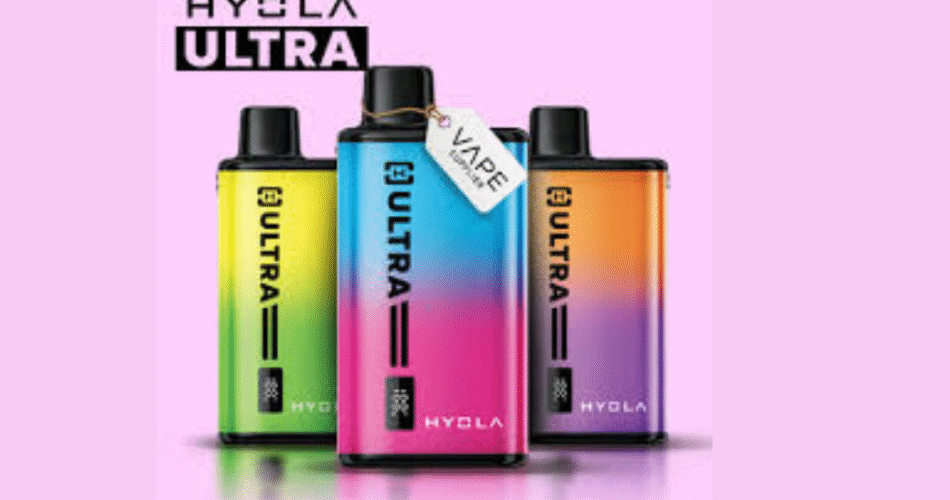With the rising popularity of vaping, one common concern among non-vapers is — is secondhand vape harmful? While vaping is often seen as a “safer” alternative to smoking, it doesn’t mean it’s completely harmless. The vapour released from e-cigarettes still contains chemicals, nicotine, and tiny particles that can affect those nearby.
In this article, we’ll explore what secondhand vape exposure means, what research says about its risks, and how it impacts both adults and children.
What Is Secondhand Vape Exposure?
Secondhand vape exposure (also known as passive vaping) happens when a person inhales the aerosol exhaled by someone using an e-cigarette. Unlike cigarette smoke, this vapour isn’t produced by burning tobacco. Instead, it comes from heated e-liquids that contain nicotine, flavourings, and chemicals.
While the cloud may appear harmless and smell pleasant, it’s actually a mix of:
-
Nicotine (addictive substance)
-
Ultrafine particles that can enter the lungs
-
Volatile organic compounds (VOCs)
-
Heavy metals such as nickel, tin, and lead
-
Flavouring chemicals linked to respiratory irritation
What Does Research Say?
Studies suggest that secondhand vape exposure is less toxic than cigarette smoke, but it’s not entirely safe either.
According to research published by the Centers for Disease Control and Prevention (CDC) and the World Health Organization (WHO):
-
The aerosol from e-cigarettes contains fewer carcinogens than cigarette smoke but can still harm the respiratory system.
-
Non-smokers exposed to vapour can absorb nicotine and other compounds through inhalation.
-
Long-term effects are still under study, but early evidence shows potential links to lung inflammation and cardiovascular stress.
So, while vaping reduces some of the risks compared to smoking, it still introduces harmful substances into the air.
Is Secondhand Vape Harmful to Children?
Yes, children are especially vulnerable to the effects of secondhand vape. Their lungs and immune systems are still developing, making them more sensitive to chemical exposure.
Health experts warn that passive vaping around children can cause:
-
Respiratory irritation (coughing, wheezing, or asthma-like symptoms)
-
Nicotine absorption, which may affect brain development
-
Allergic reactions to certain flavouring compounds
Even if the vapour smells sweet, it can still contain harmful ultrafine particles that settle in the environment and linger for hours.
Is Secondhand Vape Harmful to Adults?
For adults, the main concern lies in prolonged exposure. Passive vaping can irritate the lungs, throat, and eyes, especially for people with asthma or respiratory conditions.
Some short-term effects reported include:
-
Coughing or throat dryness
-
Headaches
-
Dizziness or light-headedness
-
Irritation of nasal passages
Individuals with cardiovascular issues or allergies may feel these effects more strongly. Over time, even moderate exposure could potentially increase oxidative stress — a factor linked to heart and lung diseases.
Comparing Secondhand Vape vs. Secondhand Smoke
Many people believe that vaping produces “clean vapour,” but in reality, the aerosol still contains chemicals that don’t belong in the lungs. Here’s a quick comparison:
| Feature | Secondhand Vape | Secondhand Smoke |
|---|---|---|
| Source | Heated e-liquid | Burning tobacco |
| Main Substance | Nicotine, propylene glycol, flavourings | Tar, nicotine, carbon monoxide |
| Carcinogens | Fewer | Many (over 70 known) |
| Smell & Visibility | Less pungent, lighter cloud | Strong odour, thick smoke |
| Health Risk | Moderate | High |
While secondhand vaping is less harmful than cigarette smoke, it’s still not risk-free, particularly in enclosed or poorly ventilated spaces.
Where Secondhand Vape Exposure Commonly Occurs
You might experience secondhand vape exposure in various settings, including:
-
Indoor public areas where vaping isn’t restricted
-
Cars or homes with vapers present
-
Bars, lounges, or vape shops with high aerosol concentration
To reduce risks, always ensure good ventilation and follow local regulations regarding indoor vaping.
Can Secondhand Vape Cause Nicotine Addiction?
Nicotine is highly addictive, even in small amounts. When non-vapers inhale vapour with nicotine, they can absorb trace amounts through the lungs or skin.
While it’s unlikely that secondhand exposure alone will cause addiction, it may still contribute to:
-
Nicotine presence in the bloodstream
-
Increased heart rate or blood pressure in sensitive individuals
-
Potential craving triggers for ex-smokers
How to Minimize Secondhand Vape Exposure
If you live or work around people who vape, you can take these steps to limit exposure:
-
Request vaping outdoors only or in designated areas.
-
Improve ventilation in enclosed spaces.
-
Use air purifiers to reduce aerosol concentration.
-
Avoid vaping in cars or small rooms around children or elderly people.
-
Encourage awareness among family or friends about the effects of passive vaping.
These preventive measures help maintain cleaner air and protect vulnerable individuals from unnecessary risks.
The Bottom Line
So, is secondhand vape harmful? The answer is yes — but to a lesser degree than cigarette smoke. While vaping is considered a harm-reduction tool for smokers, it’s not harmless for bystanders.
Secondhand vapour still contains nicotine, heavy metals, and ultrafine particles that can irritate the respiratory system and affect long-term health, especially for children and people with existing conditions.
